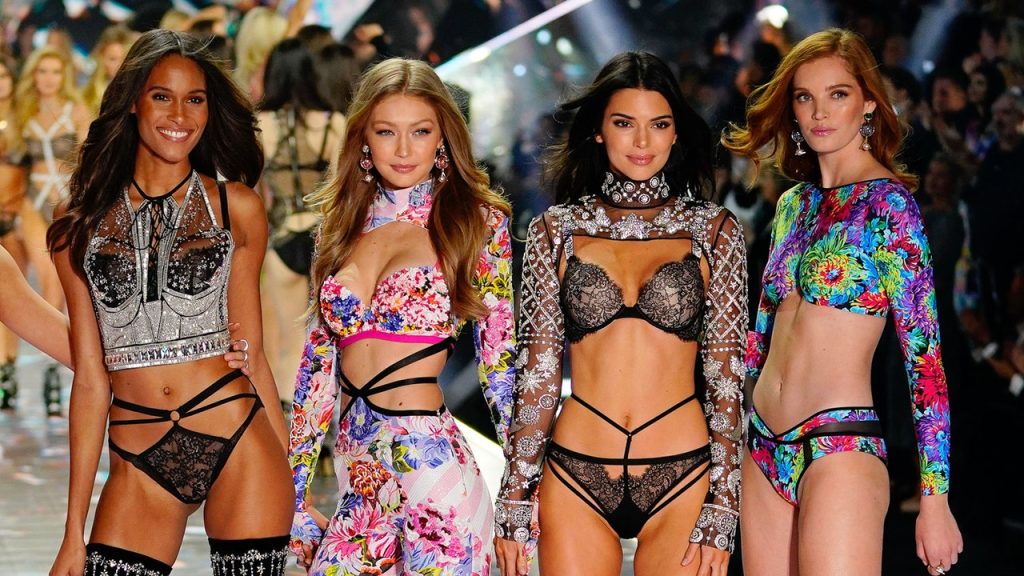Sherman and Fernandez’s new book Selling Sexy: Victoria’s Secret and the Unraveling of an American Icon explores the iconic brand’s journey through the changing landscapes of American culture and retail. The authors delve into the company’s founding story, its impact on shopping culture, and its portrayal of women through marketing. They also highlight key figures such as Les Wexner and executives who played a role in shaping Victoria’s Secret into the global powerhouse it became.
Victoria’s Secret has been a symbol of beauty and femininity for many women over the years, but in recent times, the brand has struggled to keep up with changing societal norms and values. The discussion between Sherman, Fernandez, and Phelps delves into the brand’s controversial beginnings, the differences between feeling sexy and feeling comfortable, and the significance of the Victoria’s Secret fashion show in popular culture. With a focus on offshore production, brand as media companies, retail expansion, and digital expansion, the book provides insights into Victoria’s Secret’s place in the contemporary retail world.
The book sheds light on the evolution of the brand, from its early days to its rise as a cultural icon and its eventual unraveling in the face of shifting consumer preferences. The authors analyze how Victoria’s Secret shaped perceptions of beauty and femininity, as well as the impact of its marketing strategies on women’s self-image. By examining the company from multiple angles, they offer a comprehensive look at the factors that contributed to its success and downfall.
One of the central themes of Selling Sexy is the dichotomy between Victoria’s Secret’s image of sensuality and the changing attitudes towards female empowerment and body positivity. The brand’s emphasis on a narrow definition of beauty and sexuality has faced criticism in an era where inclusivity and diversity are valued. As the fashion industry adapts to meet new demands for representation and authenticity, Victoria’s Secret’s outdated approach has led to a decline in sales and relevance.
The conversation among the authors and Phelps explores the intricate web of factors that shaped Victoria’s Secret’s trajectory, including the role of models, executives, and cultural shifts. With a critical lens, they discuss the company’s influence on shopping culture and the portrayal of women in media, providing a nuanced understanding of its rise and fall. As the brand navigates a changing landscape, Selling Sexy offers a timely analysis of Victoria’s Secret’s impact on American fashion and society.
In conclusion, Selling Sexy: Victoria’s Secret and the Unraveling of an American Icon provides a deep dive into the history, impact, and legacy of a once dominant brand in American culture. Through interviews, research, and analysis, Sherman and Fernandez offer a comprehensive exploration of Victoria’s Secret’s journey from a groundbreaking retailer to a struggling entity in today’s retail landscape. The book serves as a reflection on the changing dynamics of beauty, femininity, and consumer culture, offering valuable insights for those interested in fashion, marketing, and societal trends.


